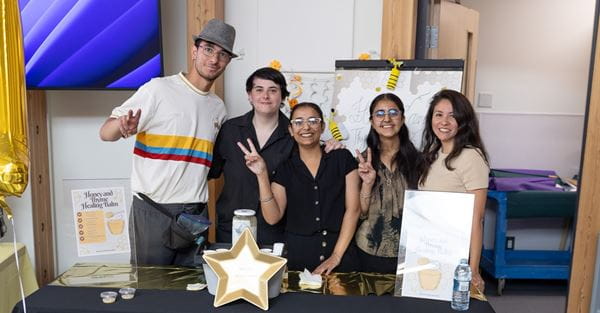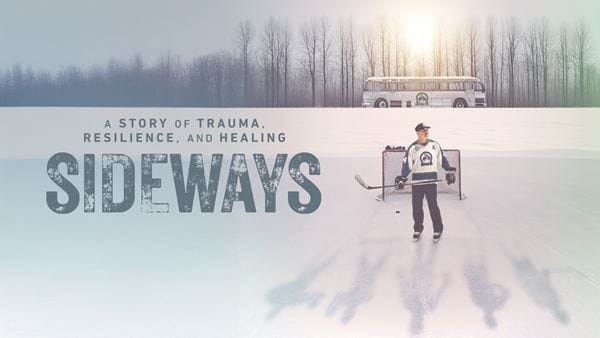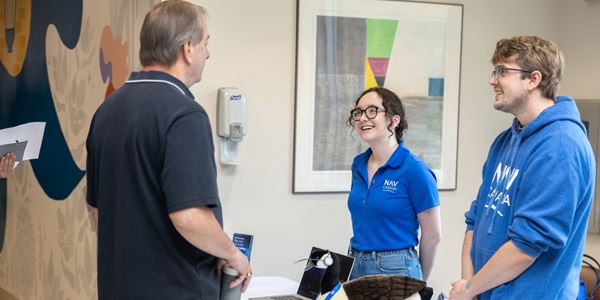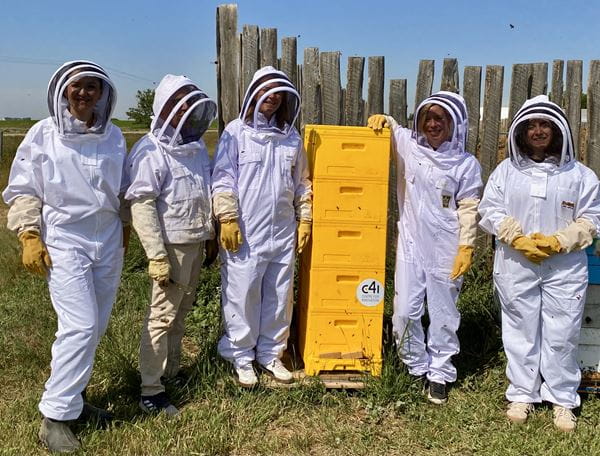
Creative business ventures on display at Innovate Tournament

Community invited to free showings of Sideways at MHC

Alberta Teachers Association Labour Dispute Update

Career Expo offers students and job seekers a direct ‘in’ with industry
Contact:
To book a media interview, please email
media@mhc.ab.ca



